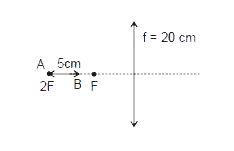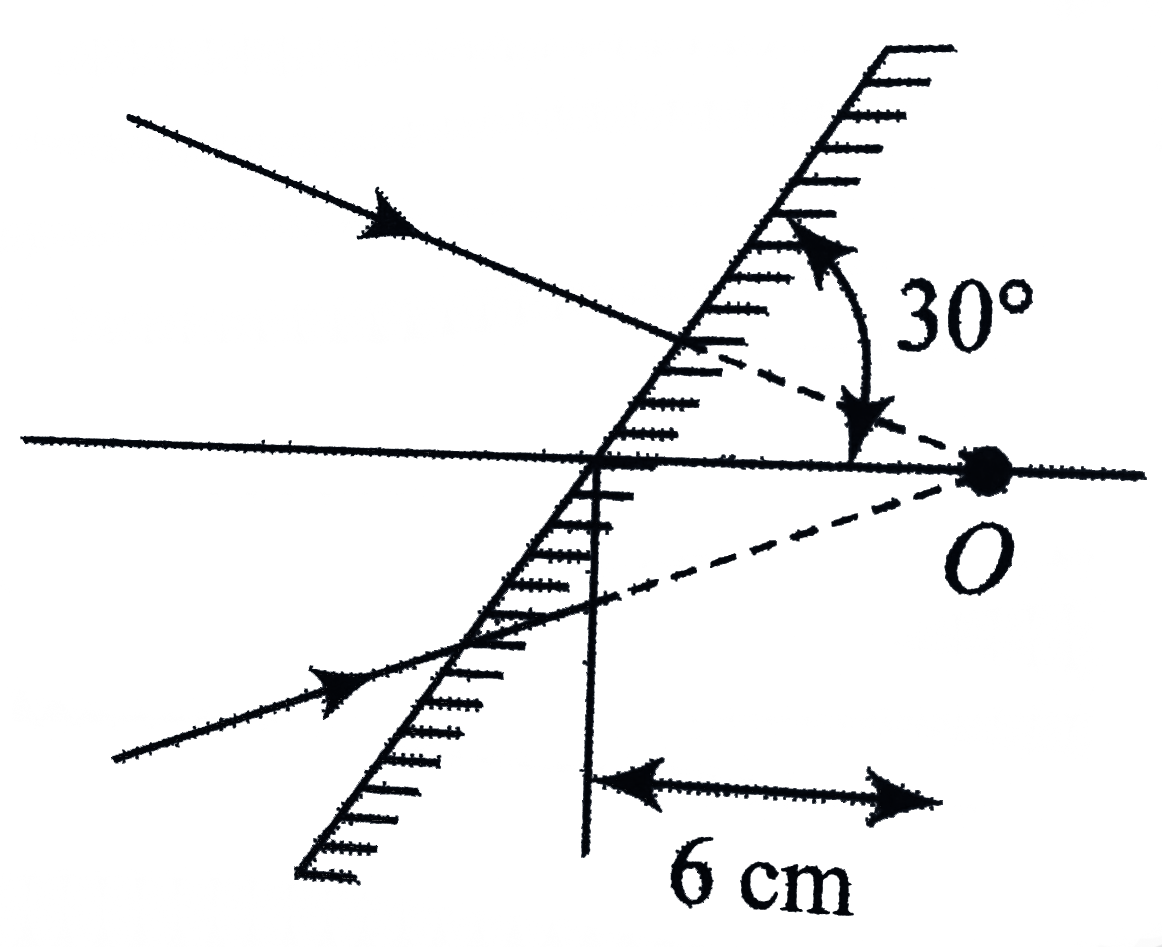Findout the linear length of the image of the object shown in figure.

Here the length of the object is very small then
By differentiation
mm
= length of the image
Topper's Solved these Questions
- GEOMETRICAL OPTICSBOOK - MOTIONCHAPTER - GEOMETRICAL OPTICSEXERCISE - Exercise - 1 Section A - Plane Mirror
12 Videos
- GEOMETRICAL OPTICSBOOK - MOTIONCHAPTER - GEOMETRICAL OPTICSEXERCISE - Exercise - 1 Section B, C, D, E - Mirror formula and Magnification, Velocity in Spherical Mirror, Cutting of Mirrors, Combination of Mirrors, Intensity of light
10 Videos
- FLUIDBOOK - MOTIONCHAPTER - FLUIDEXERCISE - Exercise-4 level-II
5 Videos
- GRAVITATIONBOOK - MOTIONCHAPTER - GRAVITATIONEXERCISE - Exercise - 4 Section - B Previous Years Problems
15 Videos
Similar Questions
Knowledge Check
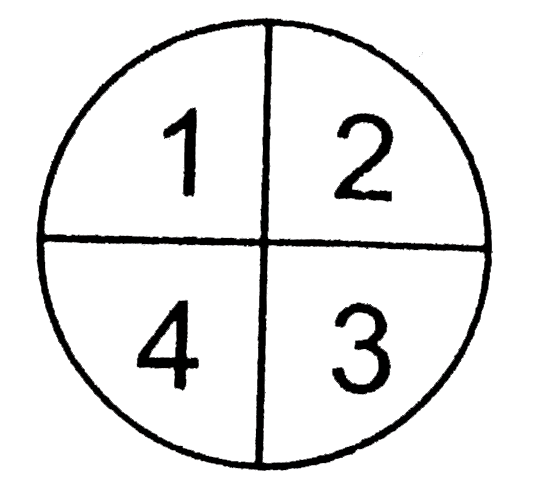
A convex lens is used to form a real image of the object shown in the figure. The real inverted image shown in the following figures isA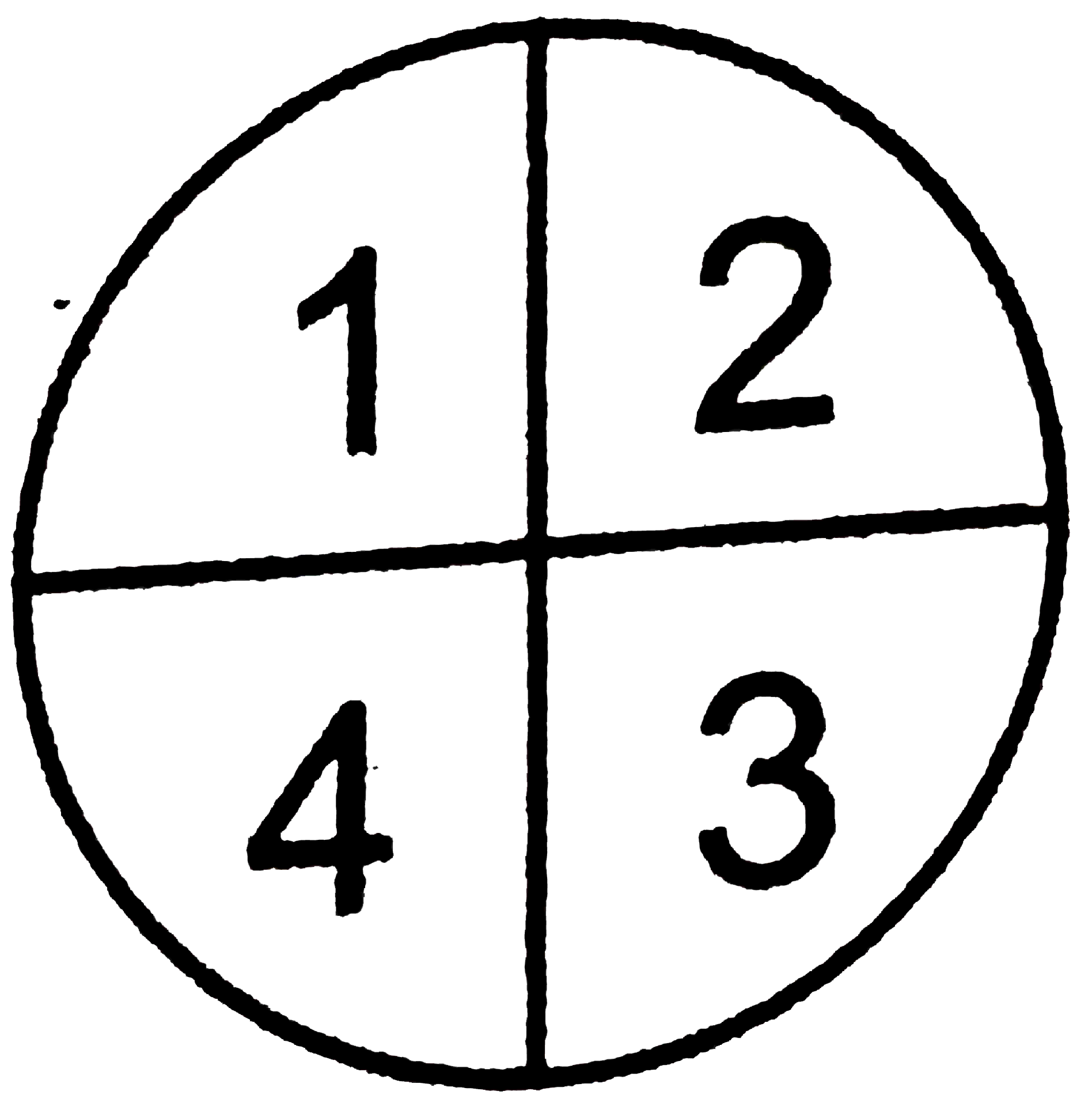 B
B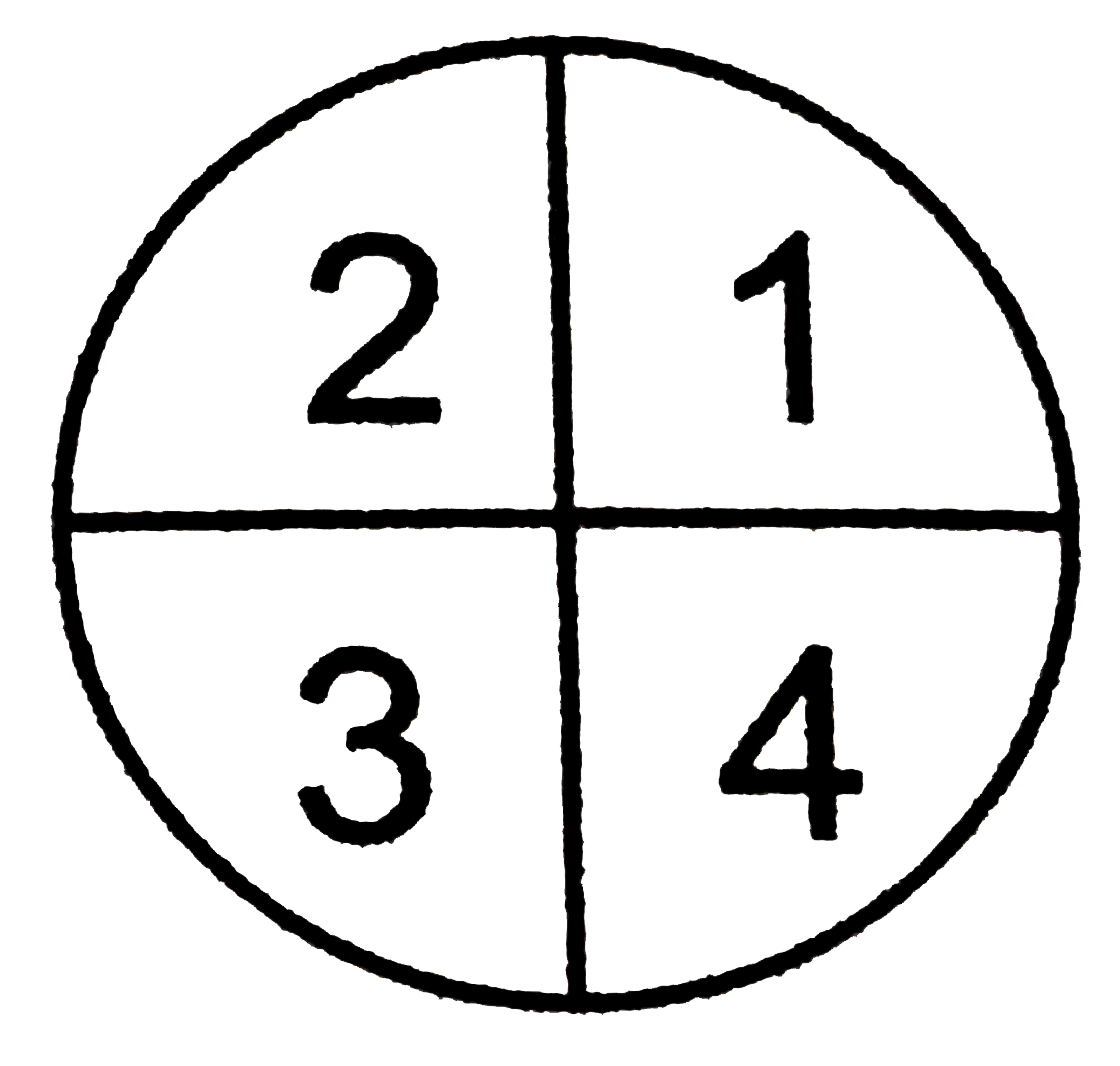 C
C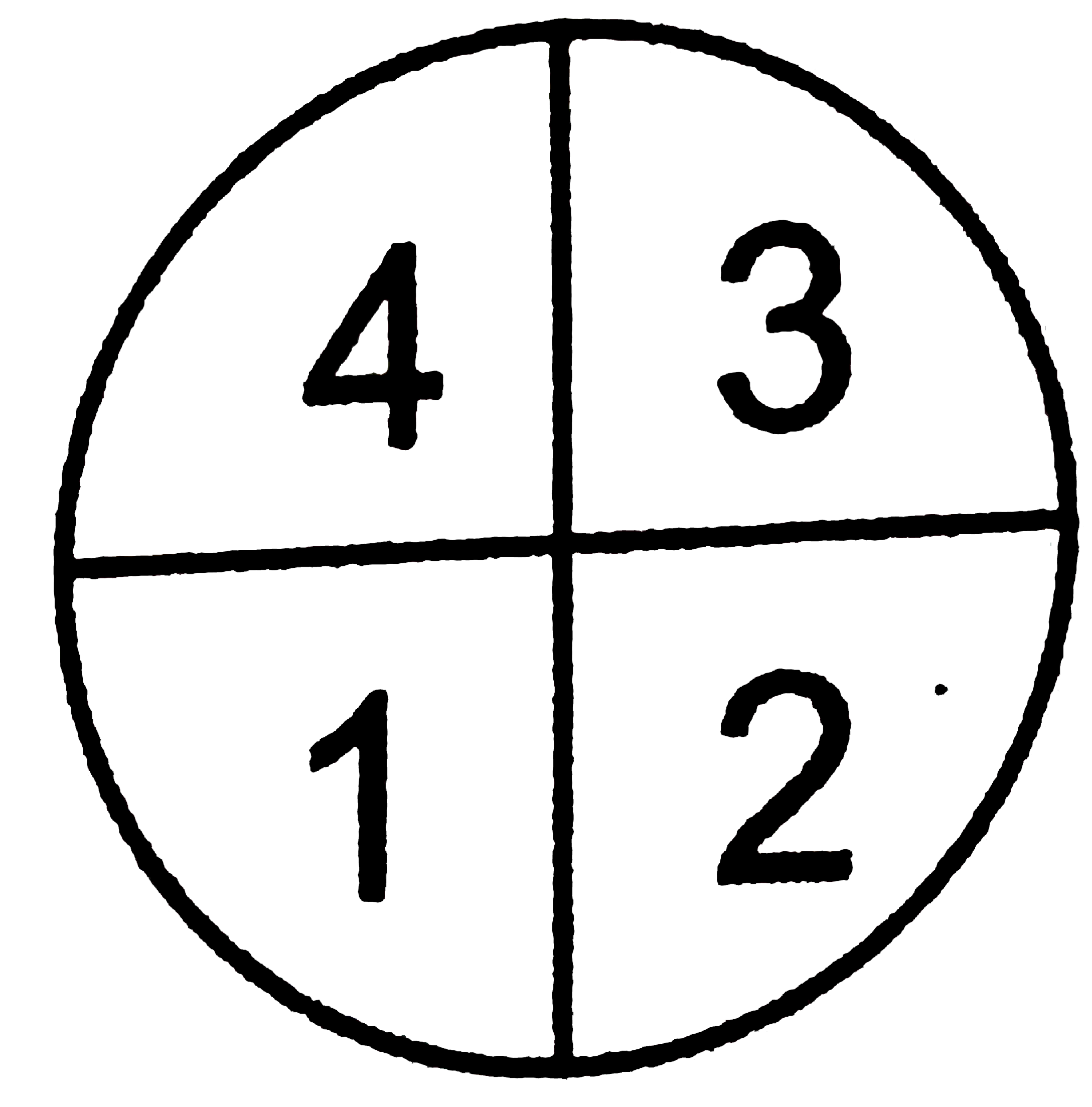 D
D
In case of convex lense, when object is moved from f to 2f, its image is real, inverted and magnified. It moves from infinity to 2f on other side.
Image of object AB shown in figure will be like
 A
A B
B C
C D
D
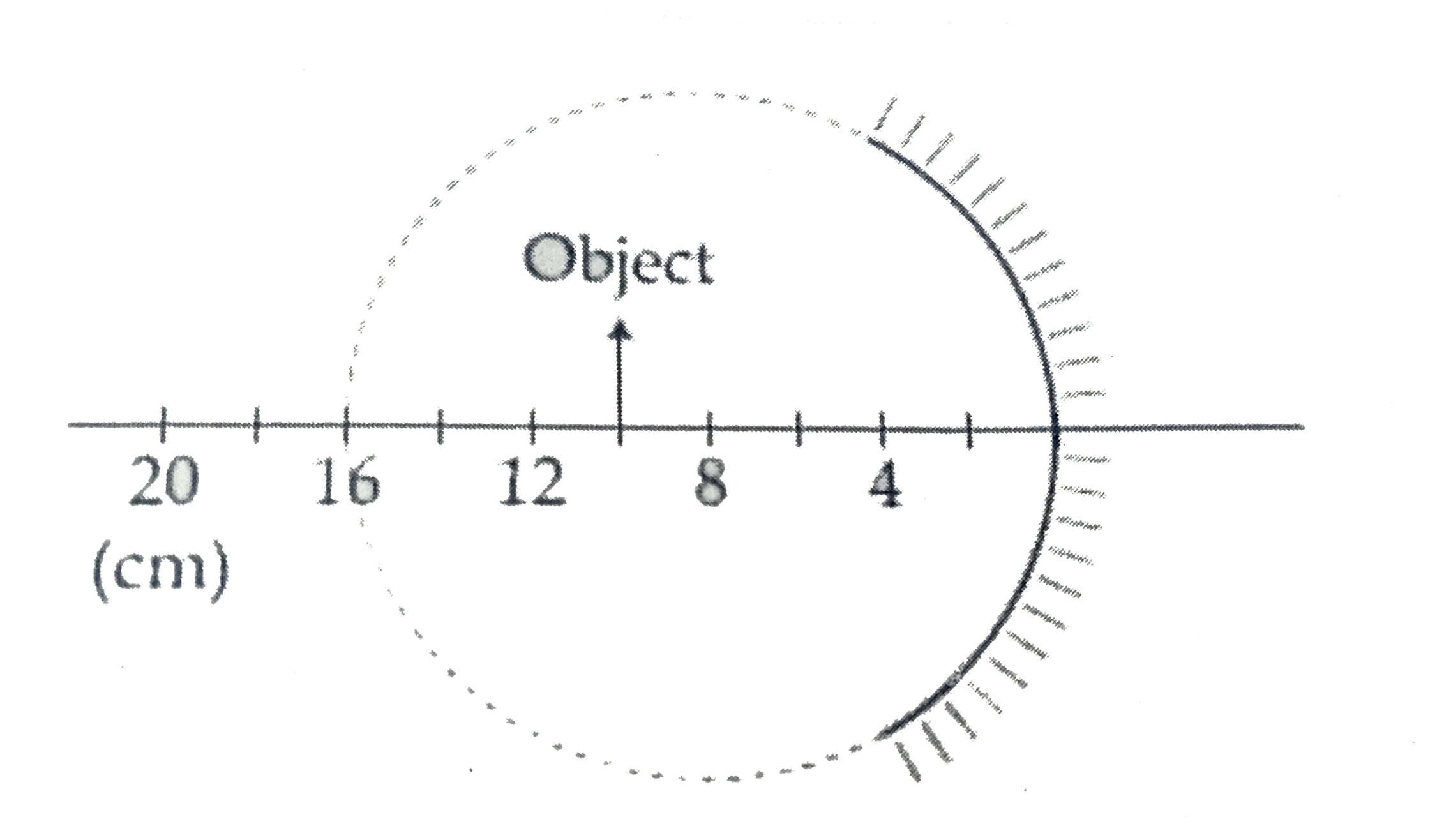
A spherical mirror is obtained as shown in the figure from a hollow glass sphere. If an object is positioned in front of the mirror, what will be the nature and magnification of the image of the object ? (Figure drawn as schematic and not to scale )
View SolutionFindout the equivalent focal length of the combenation of lenses shown in the figure. Surrounding medium is air.
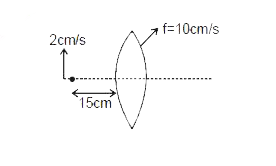
View SolutionFindout the equivalent focal length of the combenation of lenses shown in the figure. Surrounding medium is air.
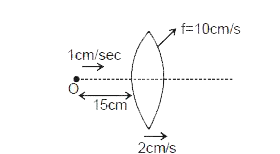
View SolutionFindout the equivalent focal length of the combenation of lenses shown in the figure. Surrounding medium is air.

View SolutionFind the velocity of the image of a moving object in situation shown in figure in which object and mirror velocities in horizontal and vertical directions are shown.
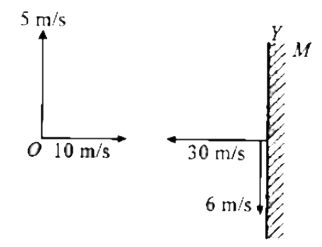
View SolutionSee the figure
Find the equivalent focal length of the combination shown in the figure and position of image.
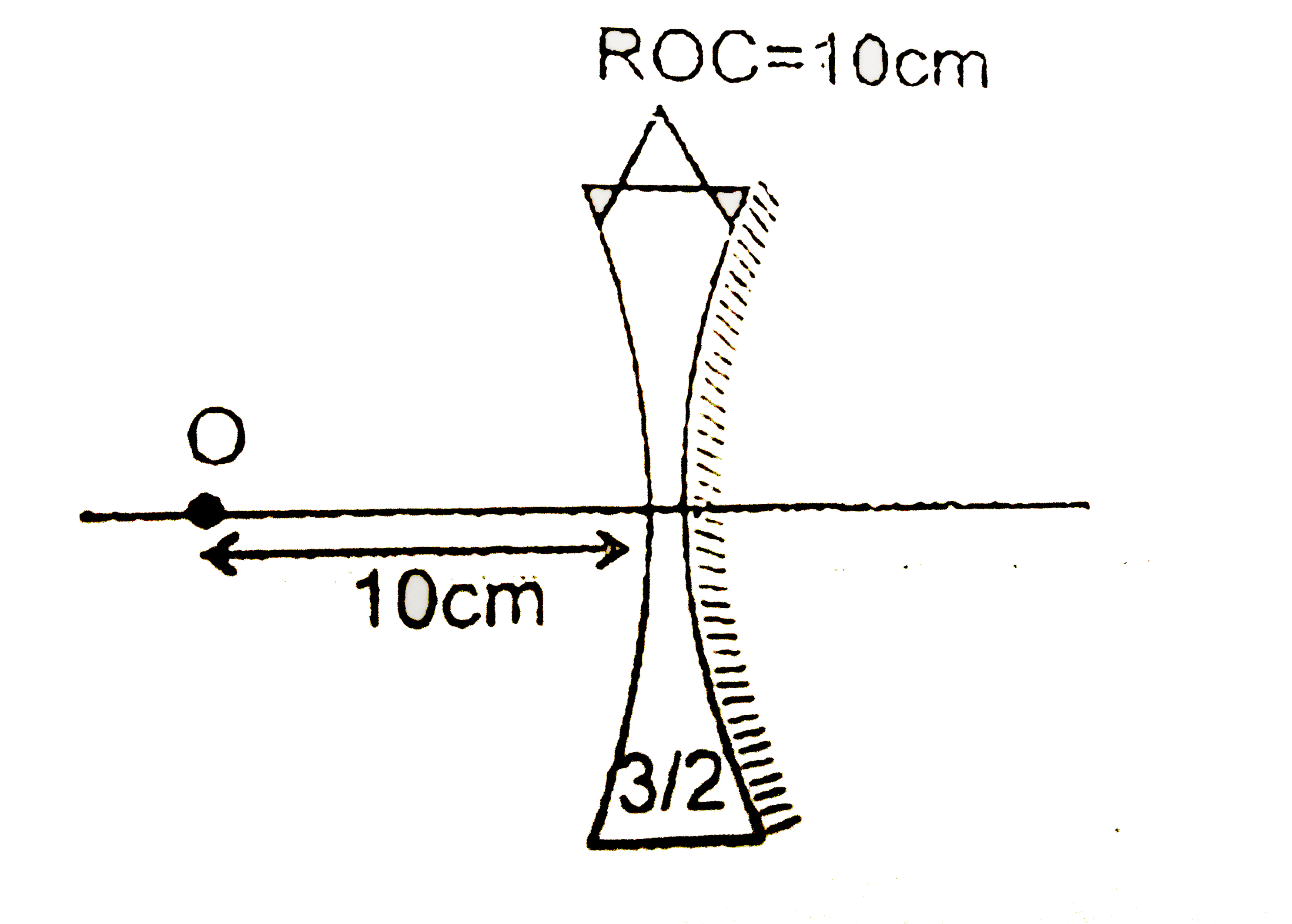
View Solution

